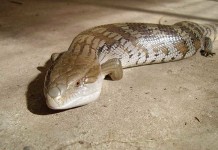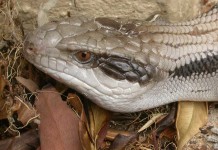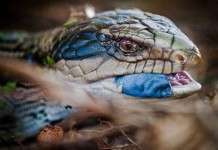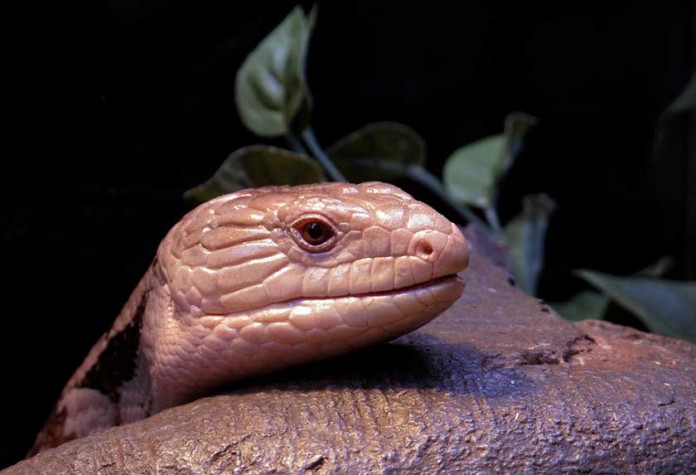Having a good idea about the kind of lighting that is ideal for the development and health of your Blue Tongued Skink is very important. Your reptile is living away from the wild where its kind is used to basking in the sun, burrowing in the earth and experiencing the humidity for the glow and health of its scales and body. Your job is to provide the closest possible environment at your home, inside the enclosure of your reptile and knowing the difference between different lighting can help you do that.
Natural light is probably the best option for a Blur Tongued Skink because this is what their counterparts in the wild are used to. However, providing your pet with natural sunlight is not a practical option because first of all, continued sunlight is not guaranteed and if the sunlight is coming through a window, it might over heat the glass tank of your reptile. Due to its volatility and unpredictability, skink experts and breeders will probably not recommend natural sunlight for reptiles.
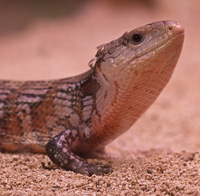 Another lighting that is important for these lizards is ultraviolet B which is important for Calcium metabolism and vitamin D synthesis. Even though almost all pet stores are expected to keep the equipment for UV lighting, if you don’t find it then you can always provide UV Mercury Vapor bulb. This bulb will give out a light of great intensity but the problem with them is that they have a larger globe and don’t fit in normal lamps. If you cannot provide mercury vapor bulb then you should definitely take your pet reptile out every other day or so for help it catch natural UV rays as well as the natural sunlight. Other light sources like Reptisun, Life-Glo and Iguana lights are great for these lizards in addition to providing them with a photoperiod.
Another lighting that is important for these lizards is ultraviolet B which is important for Calcium metabolism and vitamin D synthesis. Even though almost all pet stores are expected to keep the equipment for UV lighting, if you don’t find it then you can always provide UV Mercury Vapor bulb. This bulb will give out a light of great intensity but the problem with them is that they have a larger globe and don’t fit in normal lamps. If you cannot provide mercury vapor bulb then you should definitely take your pet reptile out every other day or so for help it catch natural UV rays as well as the natural sunlight. Other light sources like Reptisun, Life-Glo and Iguana lights are great for these lizards in addition to providing them with a photoperiod.
A photo period is basically a twelve hour day and night cycle in which the heat lamp of the blue tongue skink remains on through twelve hours of the day and off during the twelve hours of the night. It is up to which timings you want to keep for the cycle; you can maintain either a 9AM to PM lights on cycle or an 11AM to 11PM lights on cycle or any other timings that suit your routine. Keeping the lamp off at night is important to give the reptile a cool off time but at no time should the temperature in the enclosure fall below 60 degrees sine that would induce a period of hibernation in the lizard.

